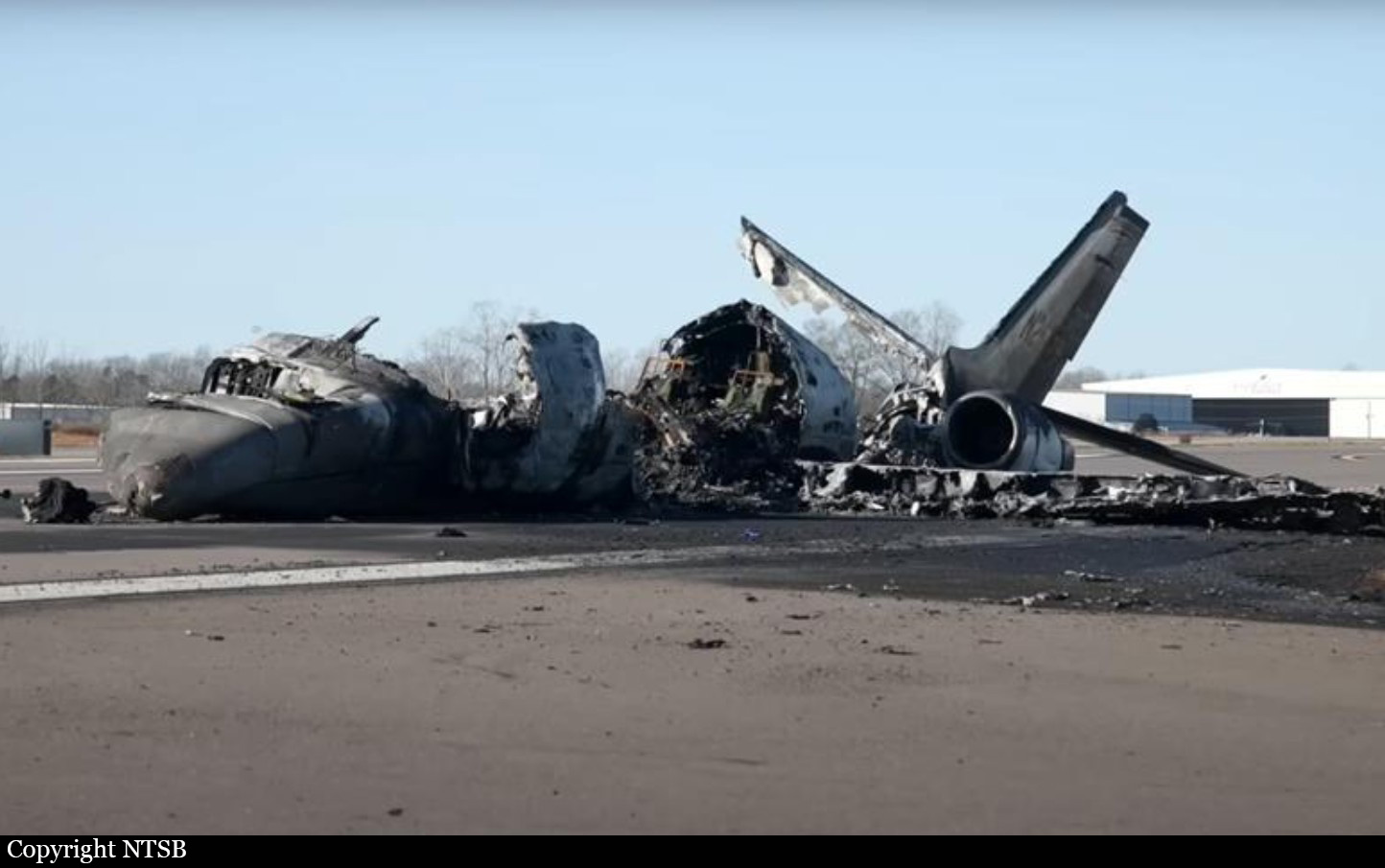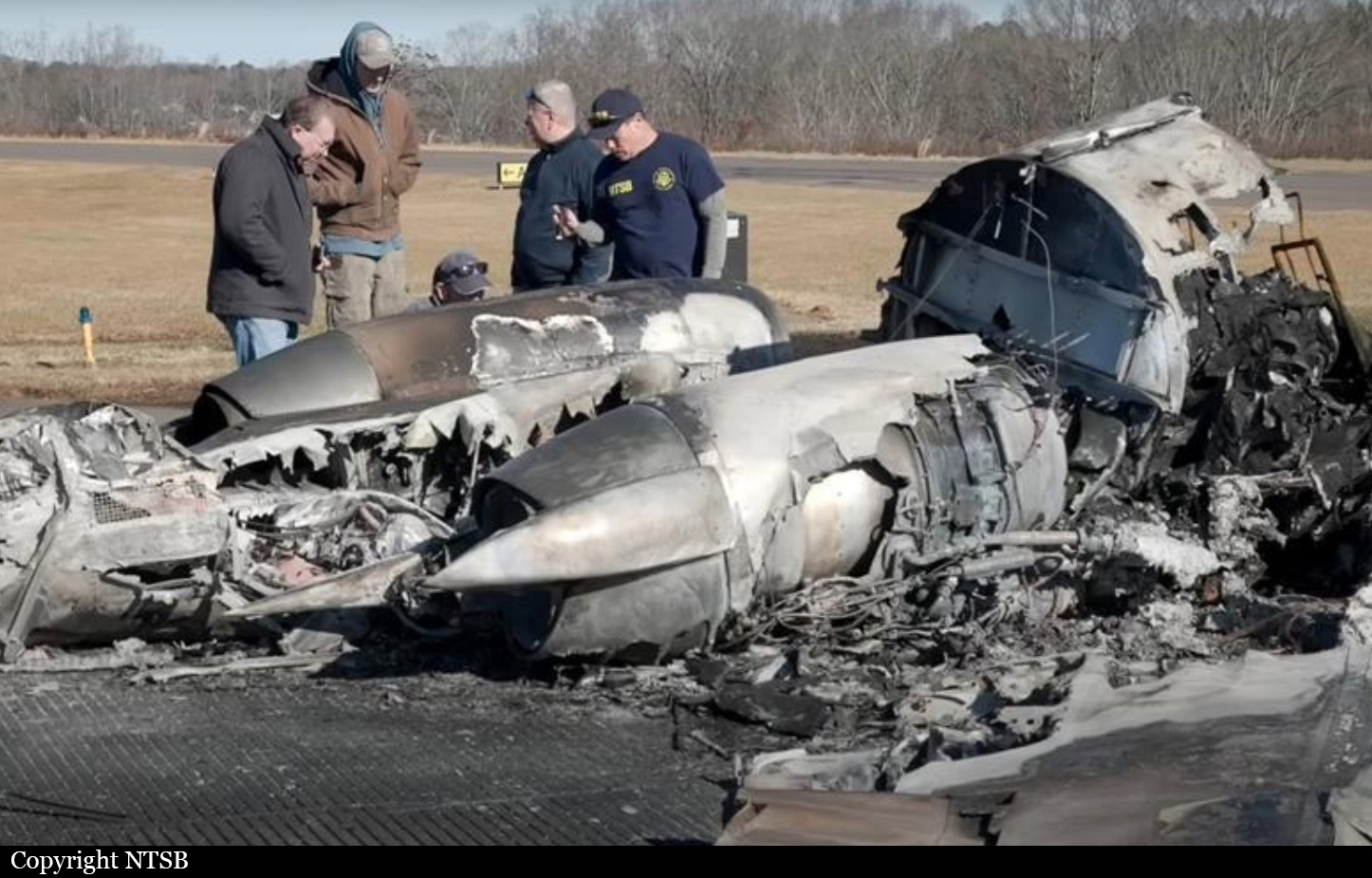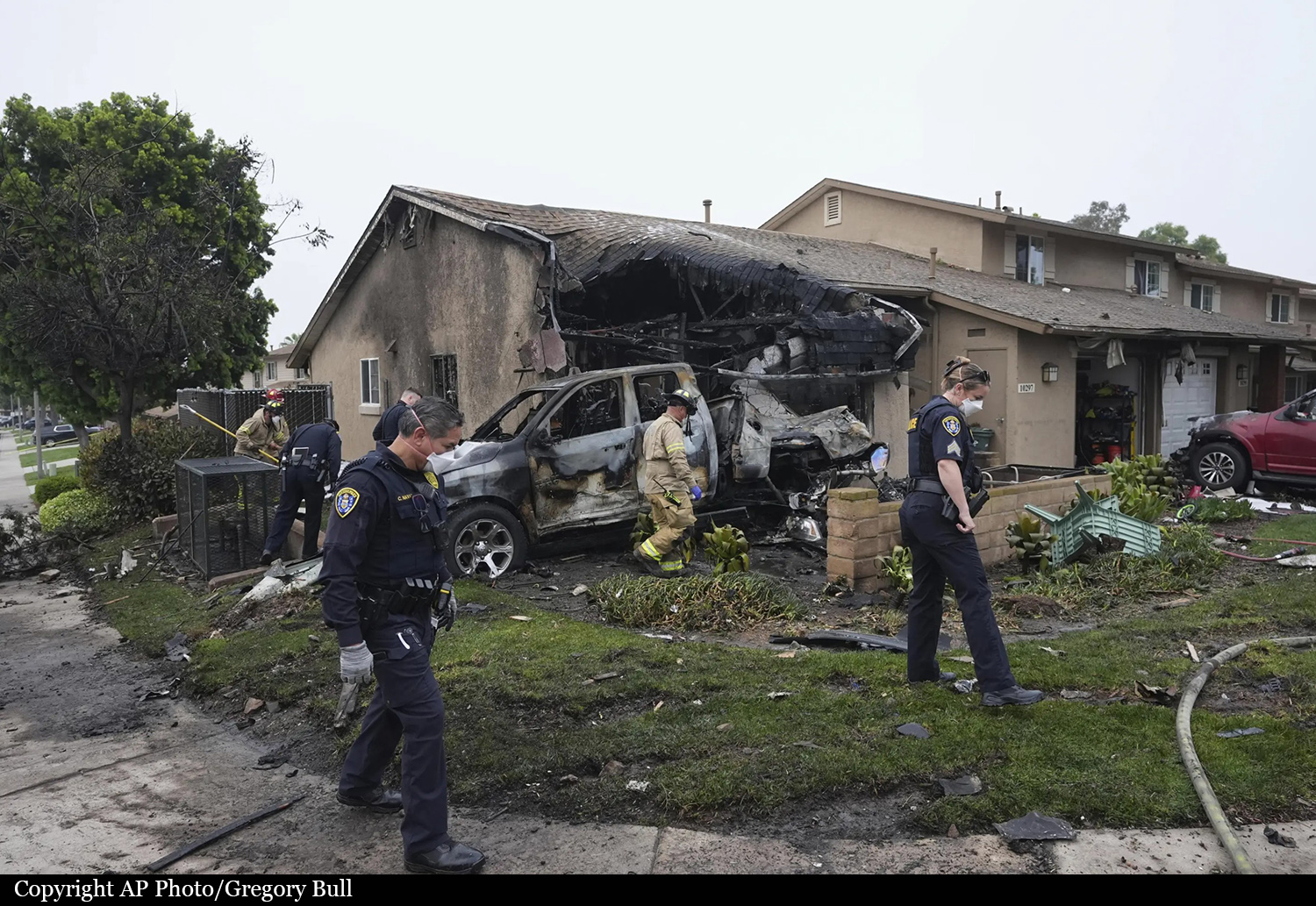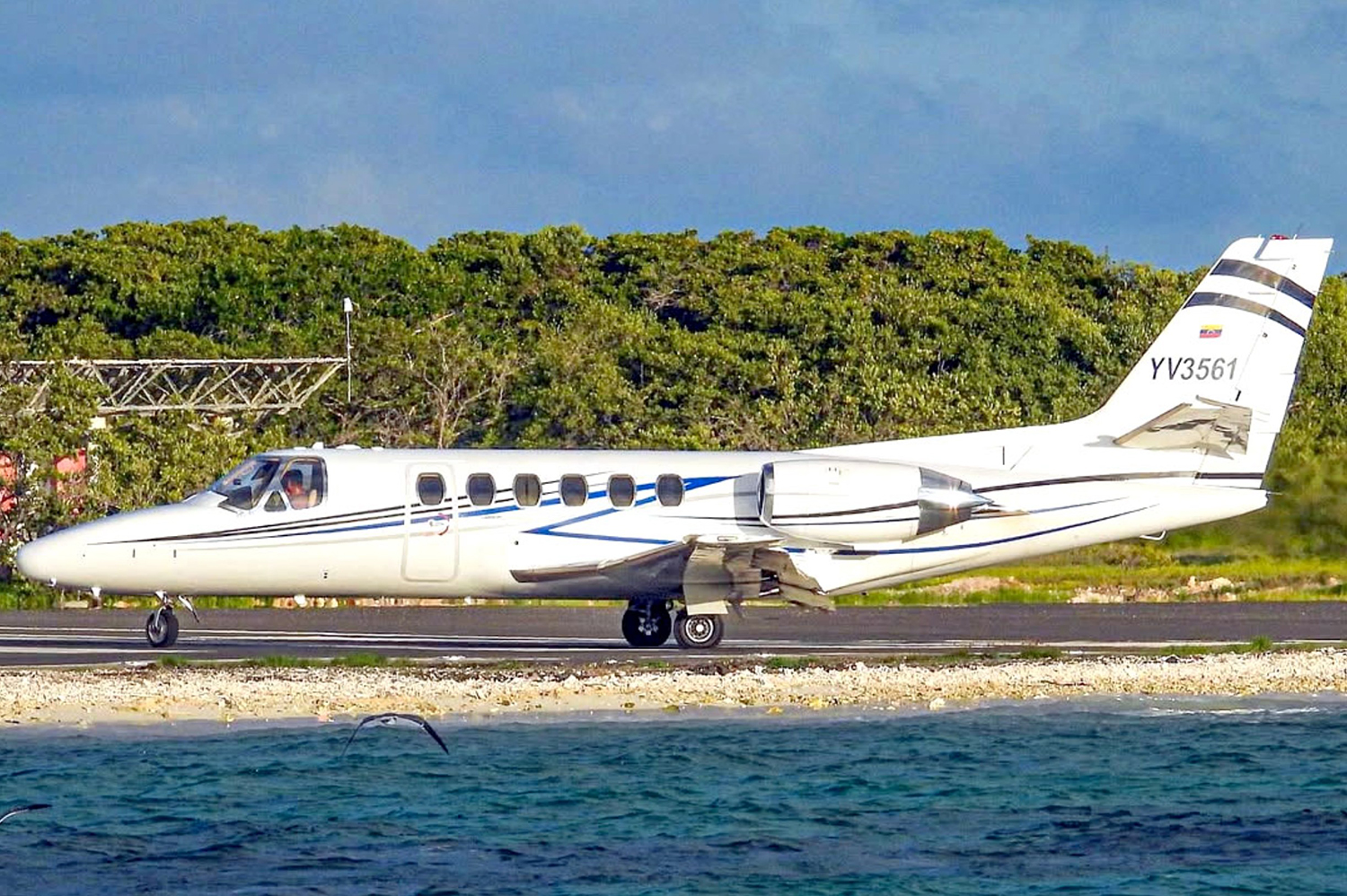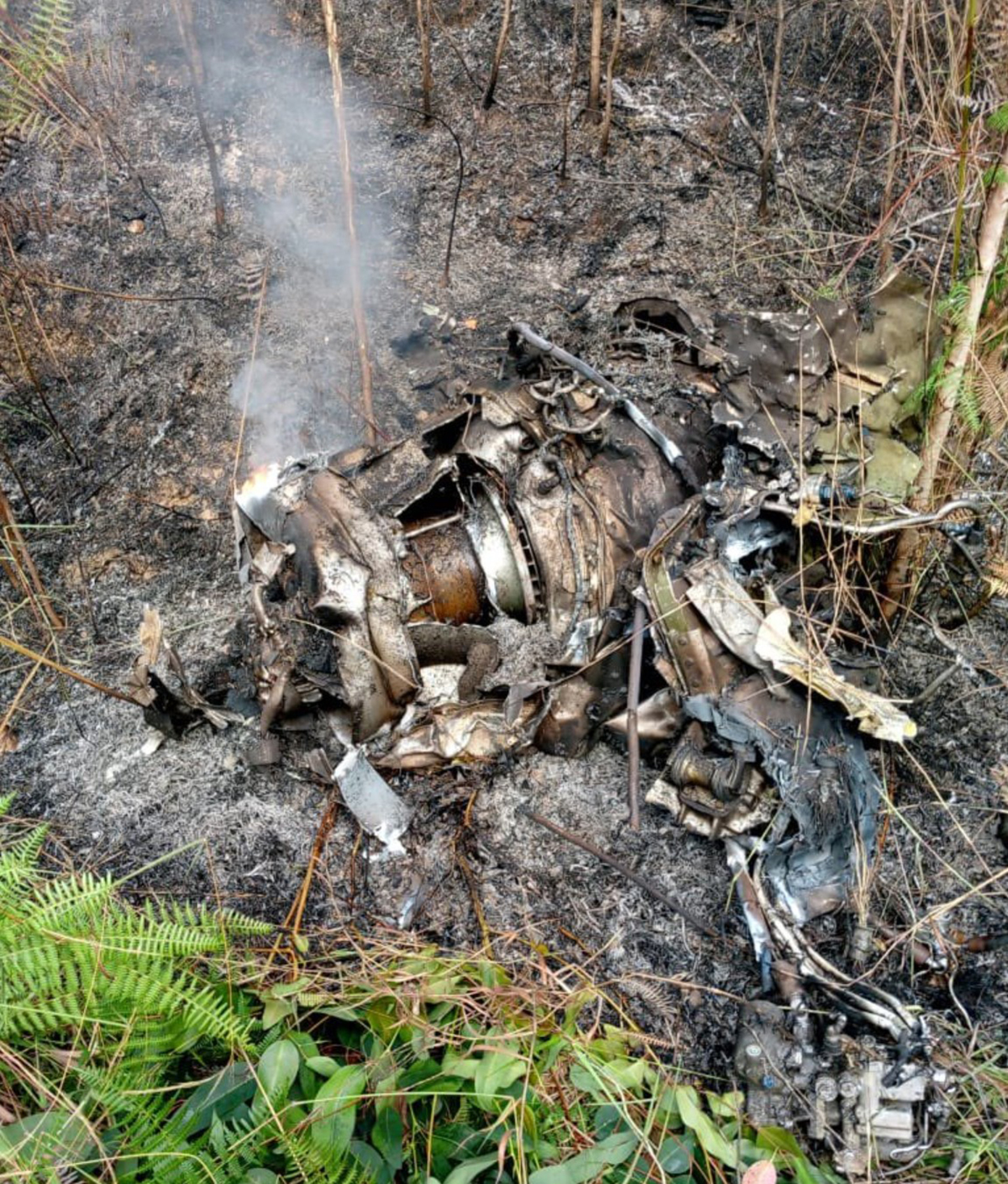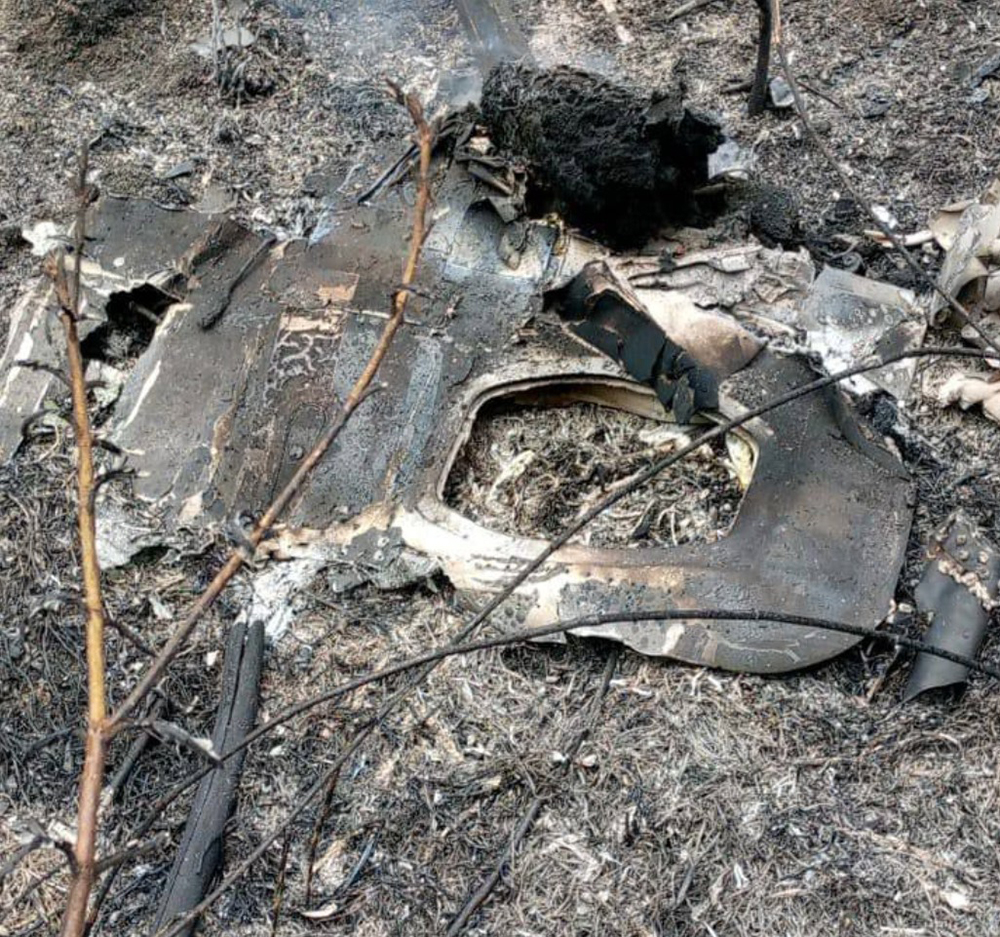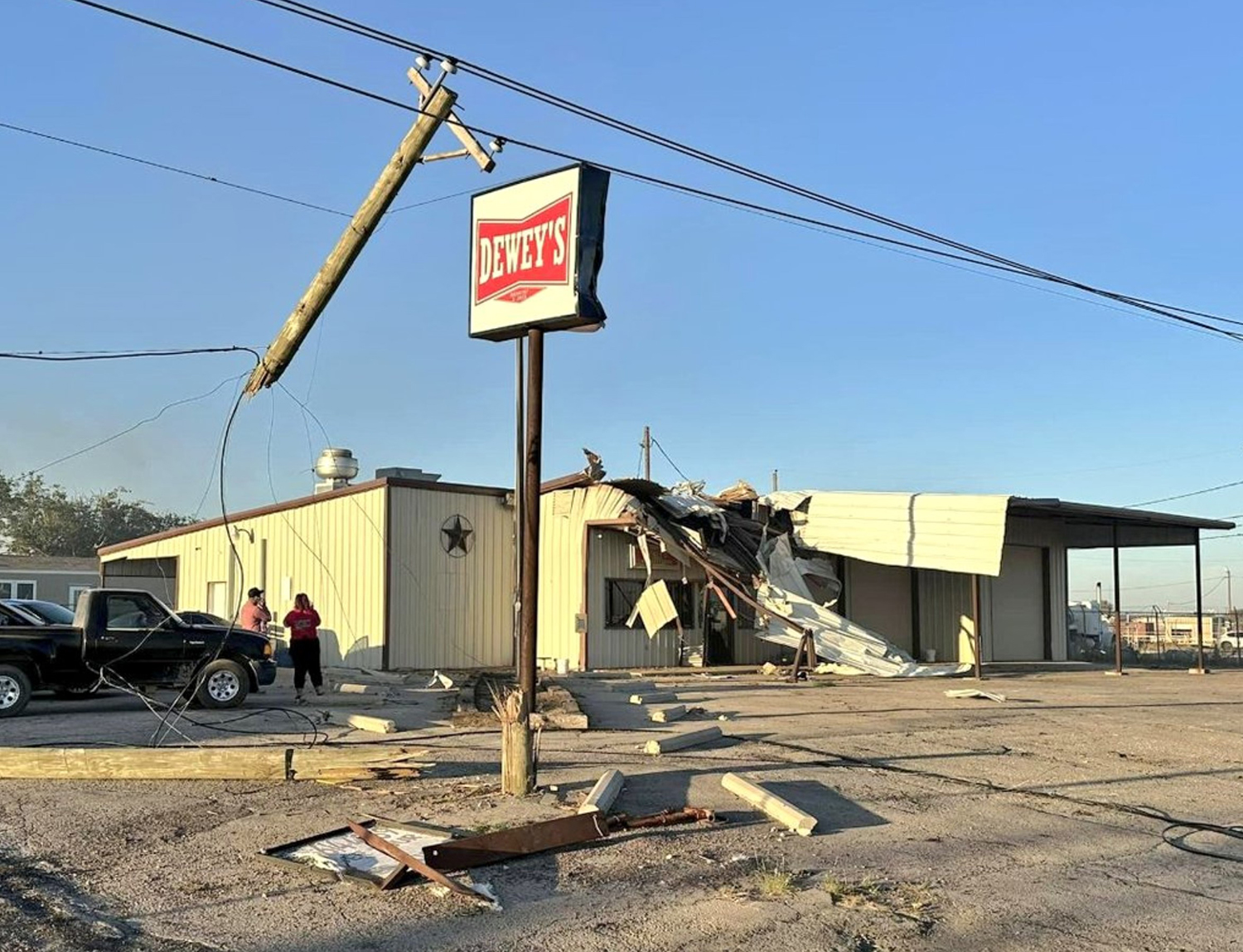Crash of a Cessna 550 Citation II in Statesville: 7 killed
Date & Time:
Dec 18, 2025 at 1015 LT
Registration:
N257BW
Survivors:
No
Schedule:
Statesville - Sarasota
MSN:
550-0283
YOM:
1981
Crew on board:
2
Crew fatalities:
Pax on board:
5
Pax fatalities:
Other fatalities:
Total fatalities:
7
Circumstances:
The airplane departed Statesville Airport Runway 10 at 1006LT on a flight to Sarasota-Bradenton. After takeoff, it climbed to a maximum altitude of about 4,500 feet when the pilot informed ATC he was facing an unexpected situation and wanted to return to Statesville. Following a left hand circuit, the airplane was approaching runway 28 when it went out of control and crashed, bursting into flames. All seven occupants were killed.


